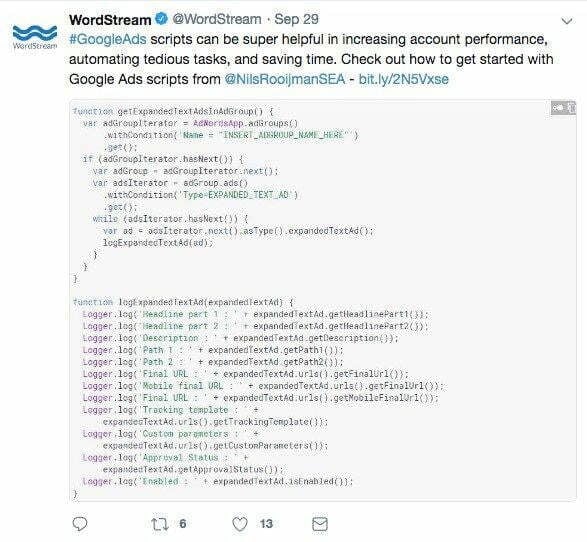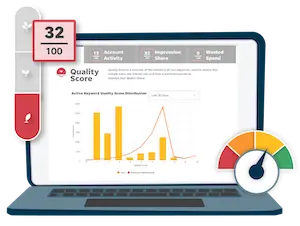
Buzz Monitoring: What Is Buzz Monitoring?
Buzz Monitoring: What Is Buzz Monitoring?
Buzz monitoring is the process of tracking the mentions of a company or brand name across the Web and social media platforms. It’s used as a tool for buzz marketing, otherwise known as viral marketing.
So, if you launch a new advertising campaign with the intent of getting people to talk about your business online, you can use buzz monitoring tactics to see if the campaign is effective. In the world of online marketing, testing is everything—buzz monitoring is another iteration of it.
Via Financial Tribune
Wait—what is buzz (or viral) marketing?
The ultimate goal of traditional marketing is to make consumers aware that your product or service exists, right? Right. Well, buzz marketing takes it one step further—it aims to generate not only awareness, but conversation.
Buzz marketing is all about getting people to talk about your business, both online and offline. You want families to talk about you at the dinner table and aunts to share stories about you on Facebook. You want group chats among friends to blow up with excited back-and-forth.
Did you hear about this company? Did you see what they did? Check out this hilarious video Brand XYZ made! That’s buzz marketing.
So, how do you do it?
Buzz marketing tactics for content creators
If it were easy to go viral, every company would do it. And if everyone goes viral, nobody does.
(Cue the ominous piano bangs and the surge of lightning outside the gothic window.)
A huge—arguably the biggest—factor behind going viral is luck. It’s a particularly unpredictable marketing channel, and that’s what makes it so powerful. It’s not terribly likely, but you could change the direction of your business practically overnight. Let’s talk tactics.
Don’t slack on your headlines.
Remember your goals: for views to turn into shares, for shares to turn into clicks, and for clicks to turn into leads. A great way to drive shares and clicks is to create exceptional headlines. The problem with content marketers: we get so caught up in SEO that our headlines turn into keyword-optimized pieces of cardboard.
Instead, write dozens of headlines per article. Yes, dozens. The law of averages dictates that at least one is going to be a winner. Aim to be clever without being obtuse, and leave enough mystery to guarantee nobody can resist clicking.
Google Alerts is a free tool you can use to track mentions of specific topics.
Don’t create clickbait, though. Not only is this obnoxious, but driving traffic with deception is a surefire way to put your bounce rate through the roof. If you want prospects to actually spend time on your site and potentially convert, you have to be both intriguing and authentic.
Don’t slack on the way you frame your content, either.
A great way to help people resist clicking is a boring Tweet—the copy is just the title, and the lead image is just your logo. Lame!
Your social media copy should grab the eye in as few characters as possible. Similar to the headline, you want to give away enough to pique interest and keep enough concealed to attract clicks. On top of that, you need a stellar lead image. Scan the article for the most compelling image and go with that. Or, if all the images are screenshots of Google Ads settings and offer nothing in the way of virality, find a meme or gif that somehow connects to the content.
Remember: you’re trying to stand out on social media platforms that are beyond saturated with article links, videos, memes, and other media. Your copy text and lead image (and headline) are the only tools you have to differentiate yourself. Put some serious thought into it!
Remember that not everyone likes the same content as you.
If you’re fresh out of college—with a twinkle in your eye and a youthful spirit—and you land a job as a content marketer, keep in mind that 54-year-olds are also on the Internet and that they love to share stuff on Facebook.
In other words: tailor your content to as many groups of people as possible. Otherwise, you’re massively reducing your potential reach for no reason at all. Niche markets are a thing, of course. But, when the goal of your content marketing campaign is to go viral, you need to think as broadly as possible.



